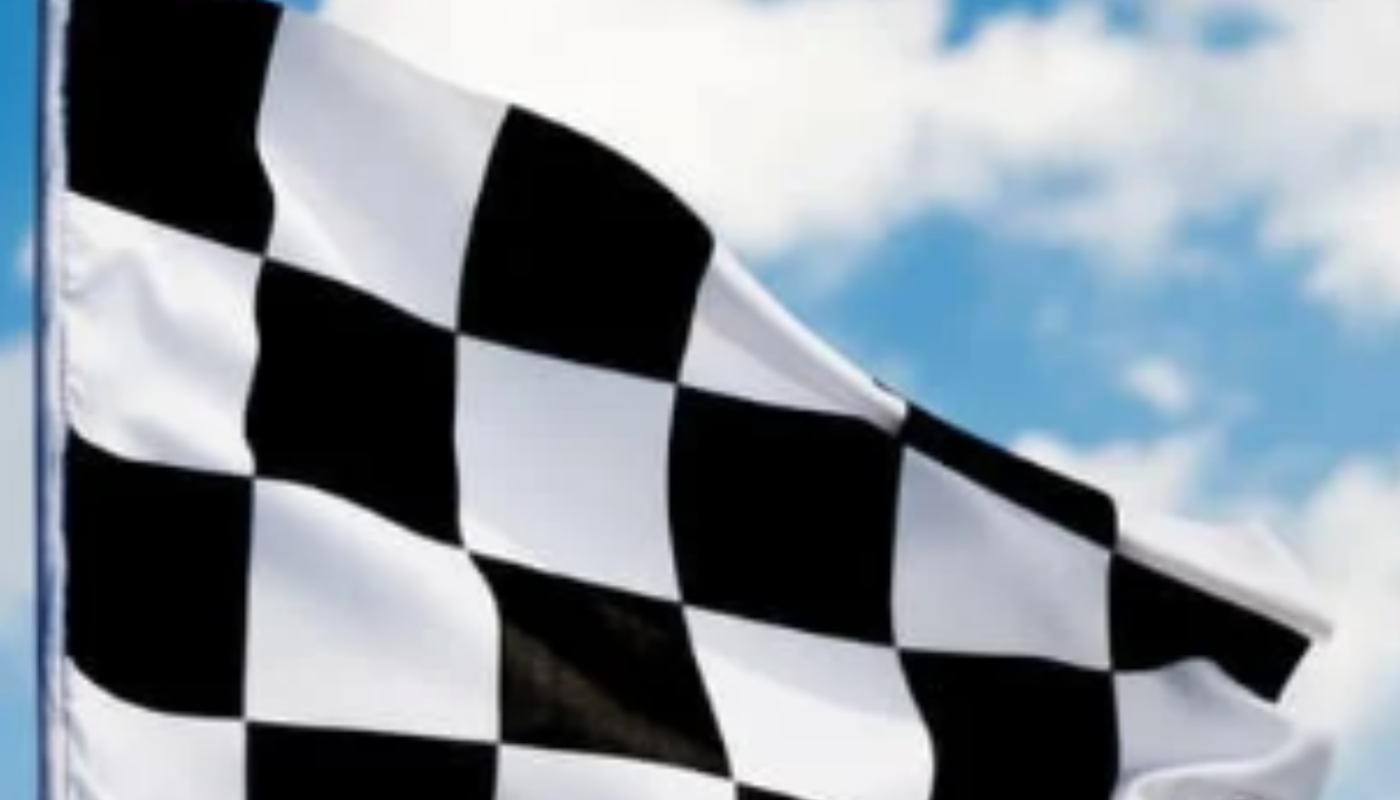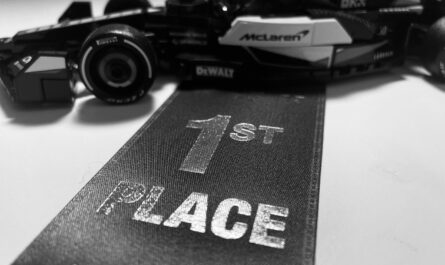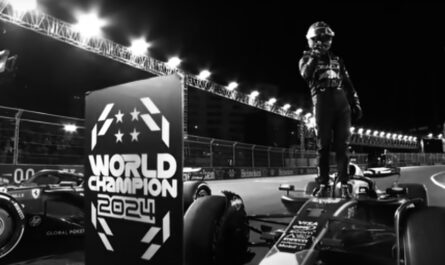Formula One can be daunting to some just beginning to become fans of the sport. You’ve got 10 teams, 20 drivers, controversial penalties, and plenty of driver switches. The last thing a newbie needs is flag confusion too! Luckily, this beginners’ guide to F1 flags and their meanings will help everyone sound professional whenever racing pops up in conversation.
- Green Flag
- The green flag is shown when the track is clear, either before the start of a practice session or qualifying session, or after a yellow flag incident.
- Yellow Flag
- The yellow flag means danger no matter if it’s single or double waved, but there is a difference. If the flag is single waved, it means that there has been an incident that is beside or partly on the track, in which case the drivers must slow down and can’t overtake. When the yellow flag is double waved, the drivers must do mostly the same as above, except they must be prepared to stop due to an accident partly or completely on the track.
- Red Flag
- This flag will be used if the stewards decide they need to stop a practice session, qualifying session, or race. It is waved at the start line and could be waved due to a large accident or dangerous weather conditions.
- ‘Code 60’ Flag
- If double yellow flags are shown, a speed limit may be imposed. A yellow flag and board saying FCY (Full Course Yellow) or a purple flag with the number 60 in a white circle (‘Code 60’) might be shown if a single speed limit is enforced. ‘Code 60’ sets a 60 km/h limit.
- Yellow Flag with Red Stripes
- When grip levels on the track have gone down significantly, this flag will be shown to let the drivers know.
- White Flag
- This flag can be waved when a drivers needs to be informed of a slower car ahead of them. The white flag might be seen during the tail-end of practice sessions.
- Blue Flag
- In all events during a race weekend, the blue flag is shown to warn a driver leaving the pits that there is traffic coming from behind, meaning he must take precaution while re-entering the track. However, this flag also means different things during practice and qualifying sessions and the race. When a blue flag is waved in a practice (or qualifying) session, it could be to tell a driver, perhaps on a cool-down lap, that there is a car on a faster lap behind that is about to overtake. During the race itself, the blue flag could be used to signal to a driver that they are about to be lapped, and need to allow the driver behind to overtake.
- Black Flag with an Orange Disc
- If a driver’s car has a mechanical issue that could pose a threat to them or others, the black flag with an orange disc will be shown and the driver must go to the pits as quickly as possible. The car does have a chance to re-join the race if the mechanical issue is resolved to the satisfaction of the chief scrutineer.
- Black Flag
- The black flag in F1 is usually pretty rare, and is shown when a driver is disqualified and needs to return to the pits immediately.
- Black and White Flag
- You may hear this and thick of the checkered flag, but this one is something else entirely! This flag will be waved to warn a driver that they have demonstrated unsportsmanlike behavior and they will be penalized if it continues. If will be shown with the driver’s race number, which will also occur in the event of the black flag or the black flag with an orange disc.
- Checkered Flag
- This flag is the most iconic of them all, and marks the end of a practice session, qualifying session, or race. It is waved until all cars have seen it.



